SOURCE: IDRW.ORG.
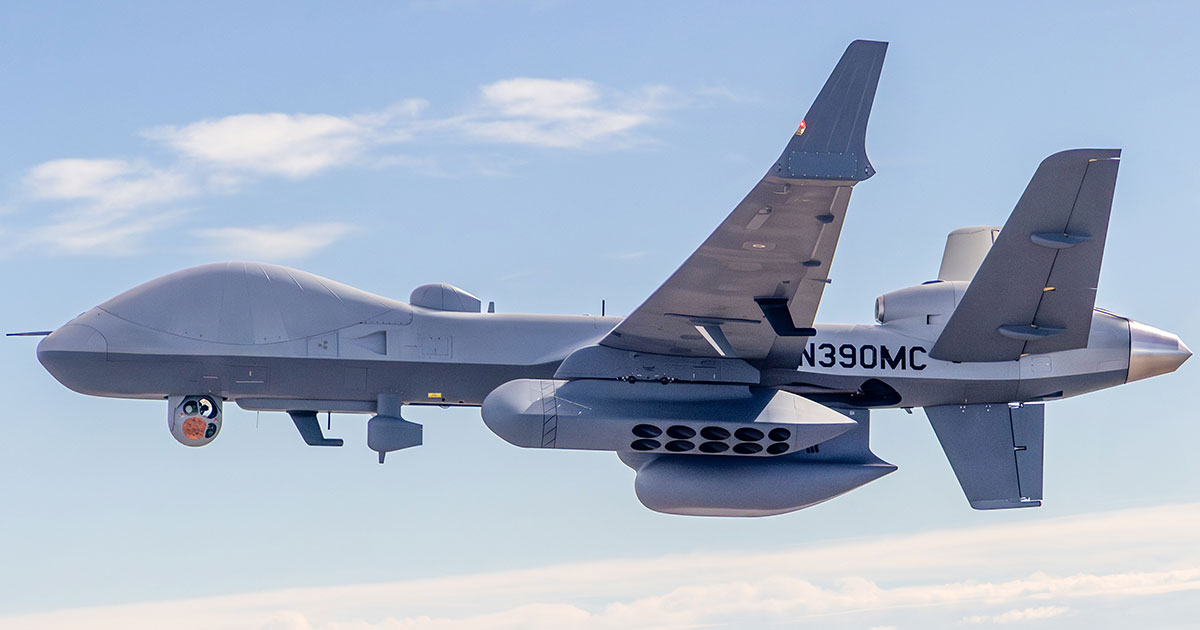

The Indian armed forces are set to receive the MQ-9B armed High Altitude Long Endurance (HALE) Remotely Piloted Aircraft Systems (RPAS), manufactured by General Atomics, between 2029 and 2030. This acquisition marks a major step in strengthening India’s surveillance, reconnaissance, and strike capabilities. The deal, valued at nearly $3.5 billion, was signed under the Foreign Military Sales (FMS) programme with the U.S. government. The 31 drones ordered include 15 Sea Guardians for the Indian Navy and 16 Sky Guardians for the Indian Army and Air Force (eight each).
According to defense officials, the first MQ-9B unit will be delivered in 51 months, with the final unit expected by 72 months after the contract signing and initial payment. This indicates that the delivery window will span from January 2029 to September 2030. The deliveries will be spaced out across 21 months, ensuring that India progressively receives its fleet of 31 drones.
Continue readingSOURCE: IDRW.ORG.
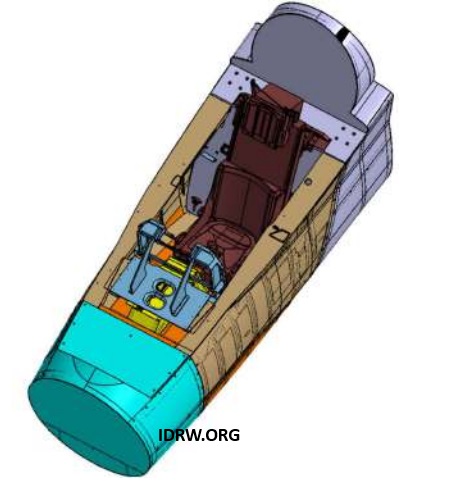

In an exciting preview of what’s to come for India’s defense aviation sector, the Aeronautical Development Agency (ADA) will be showcasing the Mock-front cockpit section of the Tejas MkII at the upcoming Aero India 2025. The highly anticipated event will take place from February 10th to February 14th, 2025, in Bengaluru, providing a platform for ADA to demonstrate significant advancements in the Tejas MkII program.
The image of the showcased mock-front cockpit section, recently released, highlights the impressive dimensions: 3427L X 1990H X 1390W, signaling the scope of ADA’s efforts in designing a state-of-the-art fighter cockpit. The mock section includes various structural components that are integral to the overall cockpit design and functionality of the upcoming Tejas MkII.
Continue readingSOURCE: RAUNAK KUNDE / NEWS BEAT / IDRW.ORG
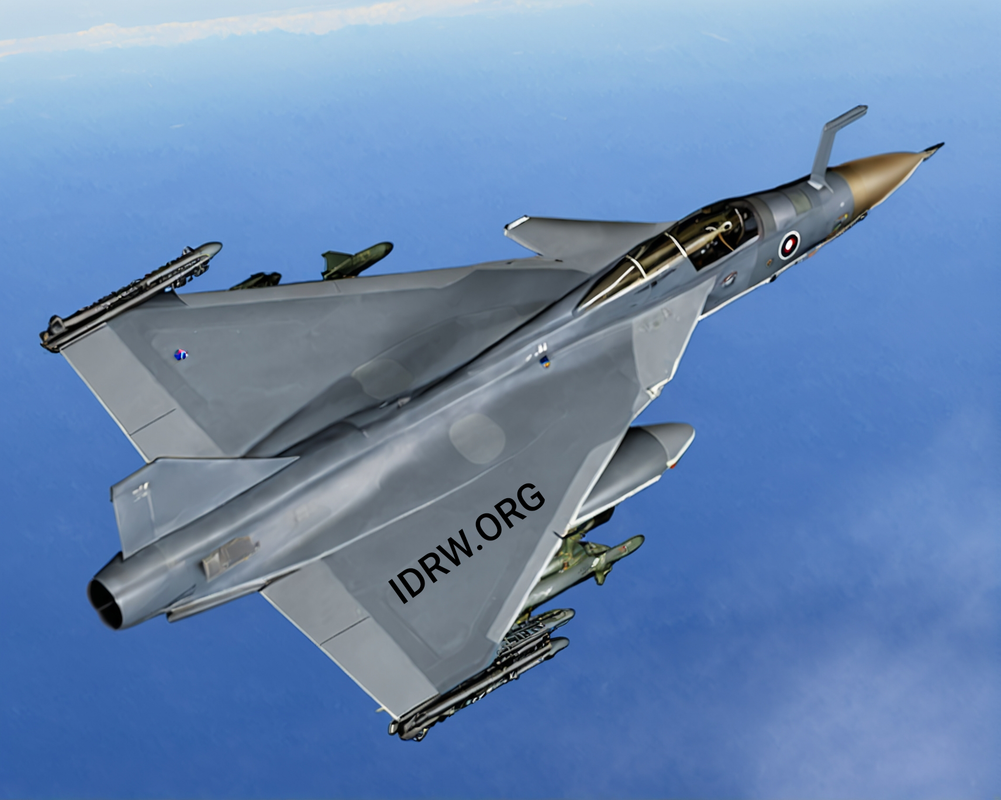

The Indian Air Force (IAF) is looking to bridge a potential production gap between the Tejas Mk1A and MkII fighter jets. With extended production of the Mk1A due to additional orders, and a desire for faster delivery of the more advanced MkII, the IAF has instructed Hindustan Aeronautics Limited (HAL) to explore involving the private sector in Tejas MkII production.
The HAL’s initial plan envisioned three Tejas Mk1A production lines, capable of delivering up to 24 jets annually. However, recent plans for an additional 97 Mk1A jets have extended the production timeline to 2031-32. This creates a potential two-year delay before HAL can fully switch to MkII production, which was initially slated to begin in 2029.
Continue readingSOURCE: RAUNAK KUNDE / NEWS BEAT / IDRW.ORG


Israeli defence technology firm ELBIT Systems has proposed its expertise in developing a new Helmet Mounted Display (HMD) system that could be integrated with India’s Advanced Medium Combat Aircraft (AMCA) program.
ELBIT’s solution aims to enhance the operational capabilities of the AMCA’s pilots by integrating the HMD with the existing DASH helmet system. This advanced HMD could potentially replace the conventional Head-Up Display (HUD) currently featured in the AMCA cockpit simulator developed by the Defence Research and Development Organisation (DRDO).
Continue readingSOURCE: RAUNAK KUNDE / NEWS BEAT / IDRW.ORG


Safran, a leading aerospace and defence company, has expressed its commitment to manufacturing M-88 engines entirely in India to support Dassault’s bid for the Indian Air Force’s (IAF) Medium Range Fighter Aircraft (MRFA) tender.
The M-88 engine is the powerplant for the Rafale fighter jet, which Dassault is offering to the IAF for 114 jets. Safran’s MRO facility in Hyderabad is already capable of producing M-88 engines, and the company is prepared to scale up production significantly if it receives a substantial order.
Continue readingSOURCE: IDRW.ORG


India’s state-owned shipyard, Garden Reach Shipbuilders & Engineers Ltd (GRSE), has embarked on an ambitious initiative to indigenously design and develop hovercraft for military operations. As part of this effort, GRSE has sought collaboration from the private sector to build a prototype with high indigenous content, aligning with the ‘Atmanirbhar Bharat’ initiative to reduce dependency on foreign manufacturers and strengthen India’s defense capabilities.
Hovercraft, also known as Air Cushion Vehicles (ACVs), are highly versatile and can traverse a range of terrains, including sand, marshes, mud, ice, and water. Their unique ability to glide over various surfaces without the need for specialized infrastructure like harbors or docks makes them invaluable for military operations. However, India currently lacks expertise in hovercraft design, relying heavily on foreign technology and equipment. This reliance on foreign Original Equipment Manufacturers (OEMs) not only creates logistical challenges but also limits the ability to tailor hovercraft to the specific operational needs of the Indian military.
Continue readingSOURCE: IDRW.ORG


The Indian Navy is taking a significant step toward enhancing its future combat capabilities by seeking the design and development of a High-Power Laser Source with an output greater than 10 kW. This initiative is aimed at fostering collaboration with private sector companies, who will receive naval funding to bring this cutting-edge technology to life. The Navy’s goal is to leverage laser-based technologies for both weapon systems and sensors, positioning itself at the forefront of next-generation naval warfare.
The Indian Navy has outlined specific requirements for the High-Power Laser Source that private sector companies must meet in order to secure development contracts. The primary requirements are as follows:
Continue readingSOURCE: RAUNAK KUNDE / NEWS BEAT / IDRW.ORG
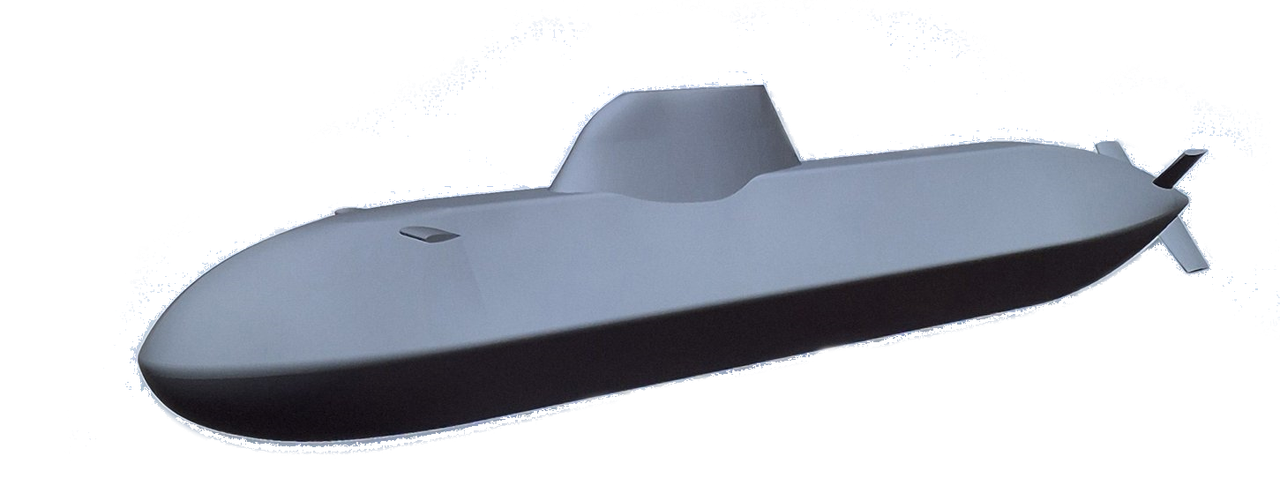

Germany’s ThyssenKrupp Marine Systems (TKMS) recently showcased a model of a submarine it is offering to the Indian Navy, which bears a strong resemblance to the Type 212CD currently under development for Germany and Norway. However, TKMS has not confirmed if this submarine is indeed the Type 212CD or a variant specifically tailored for India.
The model’s striking resemblance to the Type 212CD raises curiosity, particularly due to its faceted outer hull, a radical stealth design that represents a significant departure from previous submarine designs. Despite the visual similarities, insiders from TKMS suggest idrw.org that while the exterior mirrors the cutting-edge 212CD, the internal systems will be based on the older Type 214 submarine platform, combined with a new Air-Independent Propulsion (AIP) system that is still under development.
Continue readingSOURCE: RAUNAK KUNDE / NEWS BEAT / IDRW.ORG
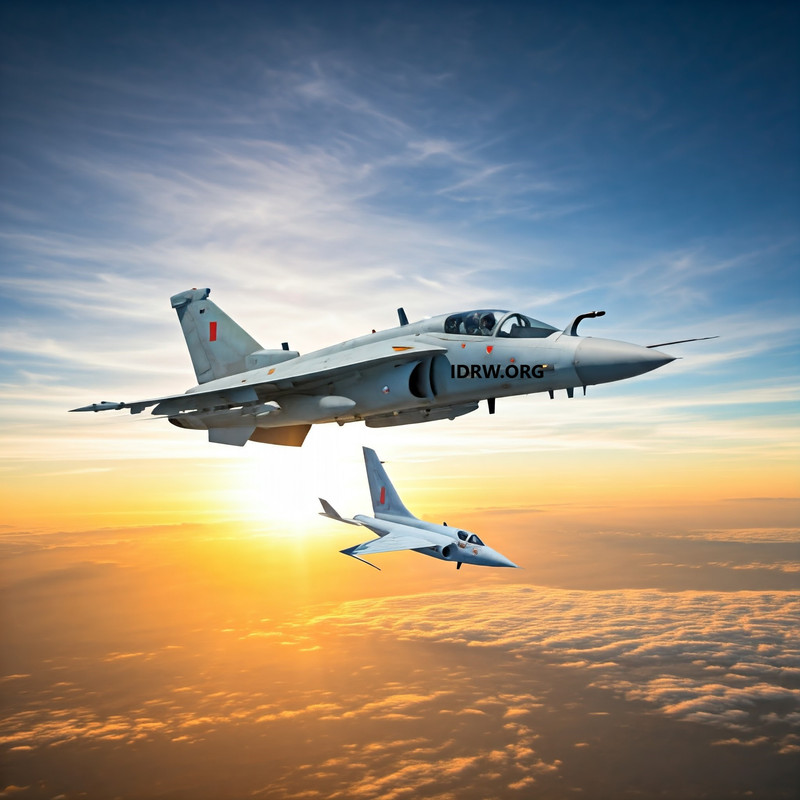

The Defence Research and Development Organisation (DRDO) continues its efforts to convince the Indian Navy to acquire Naval LCA (Light Combat Aircraft) platforms. In September 2024, the DRDO chief reiterated the organization’s push for an order of 8-10 Naval LCA aircraft, initially intended for pilot training.
However, the Indian Navy reportedly has broader ambitions for the Naval LCA, envisioning roles beyond pilot training for its aircraft carrier operations. This aligns with the Aeronautical Development Agency’s (ADA) plans to showcase the Naval LCA’s potential for Manned-Unmanned Teaming (MUM-T).
Continue readingSOURCE: RAUNAK KUNDE / NEWS BEAT / IDRW.ORG
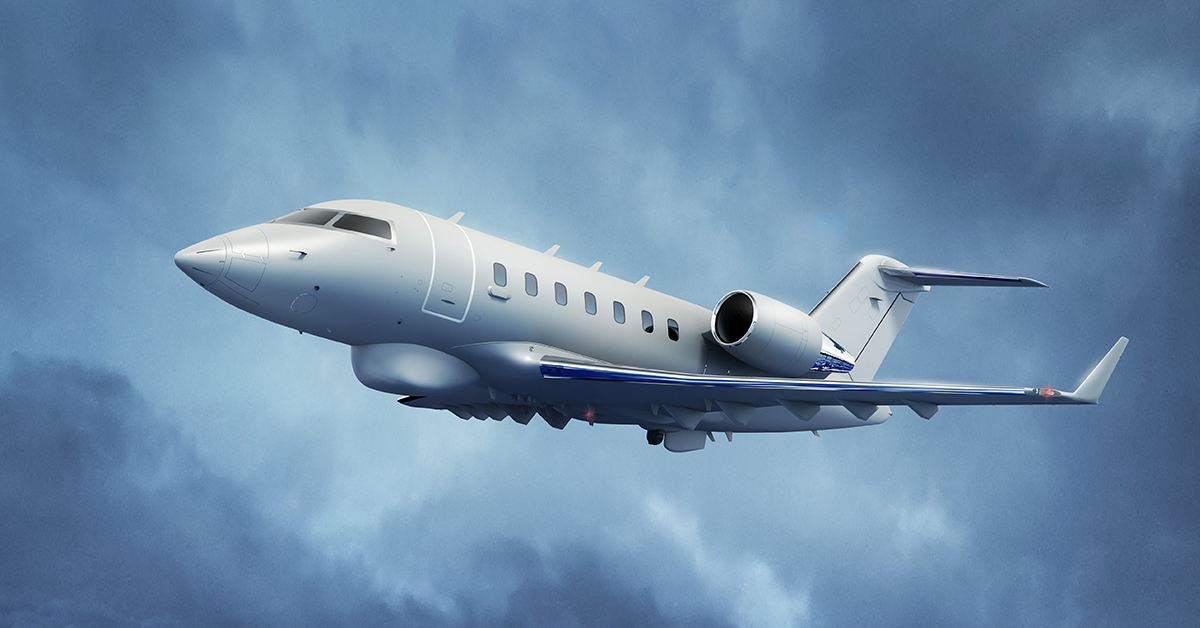

Adani Defence and Bombardier Defence are reportedly in discussions to offer Global series jets to the Indian Air Force (IAF) for its upcoming Intelligence, Surveillance, and Reconnaissance (ISR), Airborne Early Warning (AEW), and Electronic Warfare (EW) programs.
The IAF is currently seeking an ISTAR (Intelligence, Surveillance, Targeting and Reconnaissance) platform for battlefield and ground surveillance operations. The Centre for Airborne Systems (CABS) of DRDO is leading the development of this platform, with reports suggesting it will be based on the Bombardier Global Express business jet platform.
Continue readingSOURCE: IDRW.ORG.
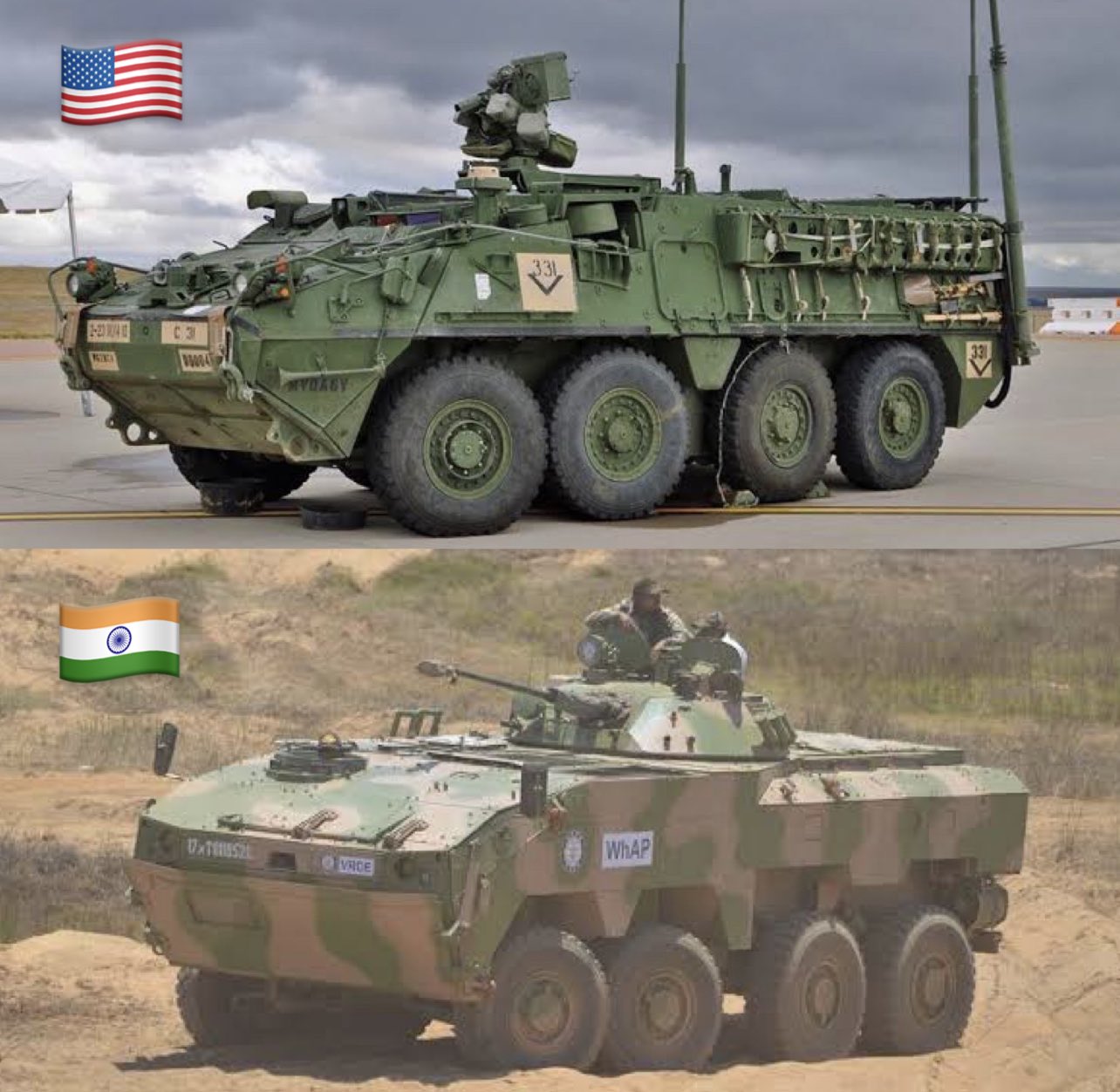

Amid deteriorating diplomatic relations between India and Canada, industrial partners involved in India’s Wheeled Armoured Platform (WhAP) program are urging the Ministry of Defence (MoD) to reconsider its plans to procure Stryker armoured vehicles from Canada. The indigenous WhAP program, a joint initiative between DRDO and Tata Advanced Systems, offers a competitive alternative and has gained international traction, including potential orders from Morocco.
WhAP’s partners like Tata, Mahindra, and Kalyani are developing their own variants of the vehicle, making it a viable and homegrown substitute. With diplomatic tensions rising, defense experts in India are also advocating for India to withdraw from talks with U.S. officials concerning Canadian defense assets.
Continue readingSOURCE: IDRW.ORG.


In a recent discussion on The Gaurav Arya Podcast, Air Marshal Anil Khosla, former Vice Chief of Air Staff (VCAS) of the Indian Air Force (IAF), emphasized the need for a phased procurement approach for Rafale fighter jets rather than purchasing them in bulk under the Multi-Role Fighter Aircraft (MRFA) tender. This suggestion aligns with previous recommendations from former Chief of Defence Staff General Bipin Rawat and former Defence Minister Manohar Parrikar, both of whom highlighted the financial strain and opportunity costs that a bulk procurement could impose on other critical defense programs.
Khosla’s rationale for phased acquisition revolves around the rapid evolution of fighter jet technology. A staggered purchase of Rafales would allow the IAF to benefit from upgrades and newer systems integrated into each batch, keeping India’s fleet at the cutting edge. He noted that buying all 114 jets in one go, as proposed in the MRFA tender, could lead to outdated technology by the time the entire fleet is delivered. By splitting the procurement into phases, the IAF can integrate the latest avionics, sensors, and weaponry with each successive batch of Rafales, ensuring the fleet remains modern and relevant for longer.
Continue readingSOURCE: RAUNAK KUNDE / NEWS BEAT / IDRW.ORG


Air Marshal A.P. Singh has been appointed as the new Chief of the Air Staff (CAS) of the Indian Air Force (IAF), succeeding Air Chief Marshal Vivek Ram Chaudhari. This leadership change has sparked speculation about potential shifts in IAF priorities, particularly concerning the long-stalled Medium Range Fighter Aircraft (MRFA) procurement program.
Air Marshal Singh’s close association with the Tejas Light Combat Aircraft (LCA) program raises expectations for increased focus on this indigenous fighter jet. His prior experience as project director for flight testing of the Tejas Mk-1 at the National Flight Test Centre suggests a deep understanding of the program’s potential. This could lead to renewed efforts to expedite the Tejas’ integration into the IAF’s operational fleet.
Continue readingSOURCE: RAUNAK KUNDE / NEWS BEAT / IDRW.ORG
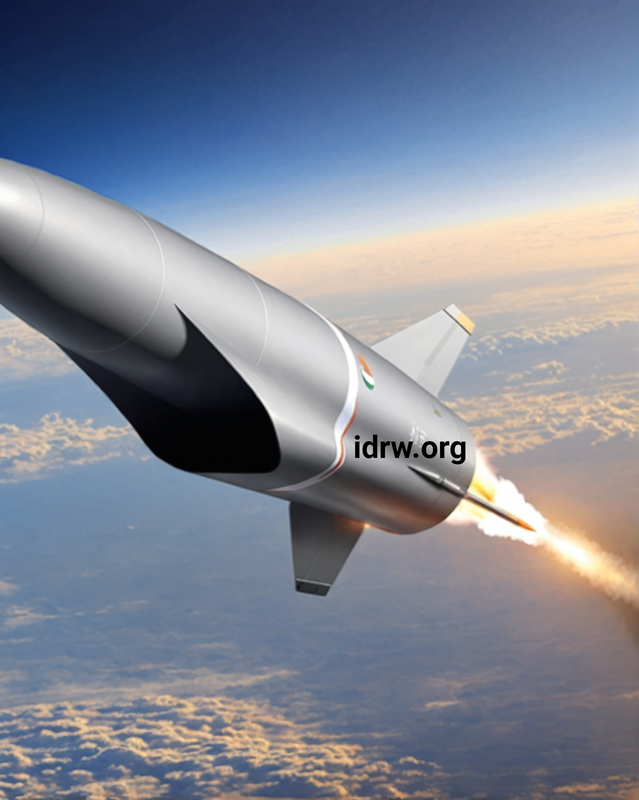

India’s Defence Research and Development Organisation (DRDO) is pushing the boundaries of missile technology with the proposed Hypersonic Missile Development Program under Project Vishnu. As part of this initiative, DRDO has set its sights on developing two long-range hypersonic missile systems. One of the most anticipated outcomes is the creation of the Hypersonic Cruise Missile (HCM), designed to revolutionize India’s strike capabilities and offer a formidable deterrent.
The Hypersonic Cruise Missile (HCM) will have a range of 1,000 km, and DRDO aims for it to enter production by the late 2020s. Unlike traditional cruise missiles, hypersonic weapons travel at speeds exceeding Mach 5, making them nearly impossible to intercept. According to recent developments, DRDO is working to outpace Russia’s 3M22 Zircon, a nuclear-capable hypersonic cruise missile, by targeting a speed beyond Mach 9 for the Indian HCM.
Continue readingSOURCE: RAUNAK KUNDE / NEWS BEAT / IDRW.ORG


India is set to become the first nation to receive 31 Predator drones equipped with two DAP-6 gun pods, each containing the formidable M134D-H rotary machine gun. This upgrade significantly enhances the Predator drones’ firepower, making them more versatile and lethal in combat roles.
The M134 Minigun, an American 7.62×51mm NATO six-barrel rotary machine gun, is known for its exceptionally high rate of fire, ranging from 2,000 to 6,000 rounds per minute. With its Gatling-style rotating barrel assembly powered by an external electric motor, the M134D-H is designed for sustained and rapid-fire, providing overwhelming firepower in a short period. The “Mini” in Minigun is a nod to its use of rifle ammunition, in contrast to the larger-calibre autocannon shells, like those of General Electric’s earlier 20mm M61 Vulcan.
Continue reading